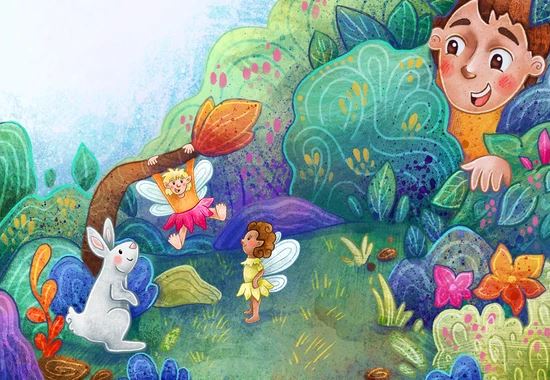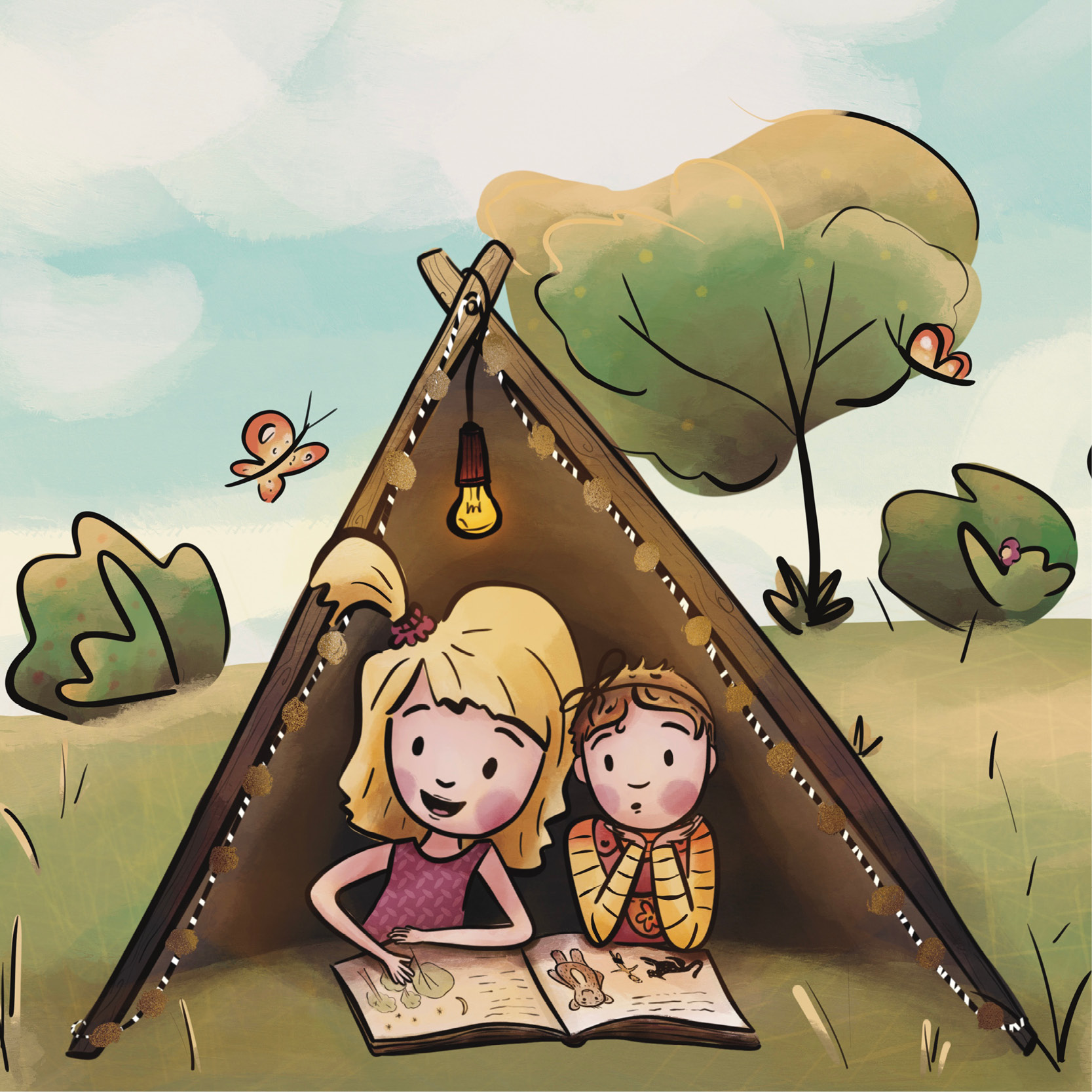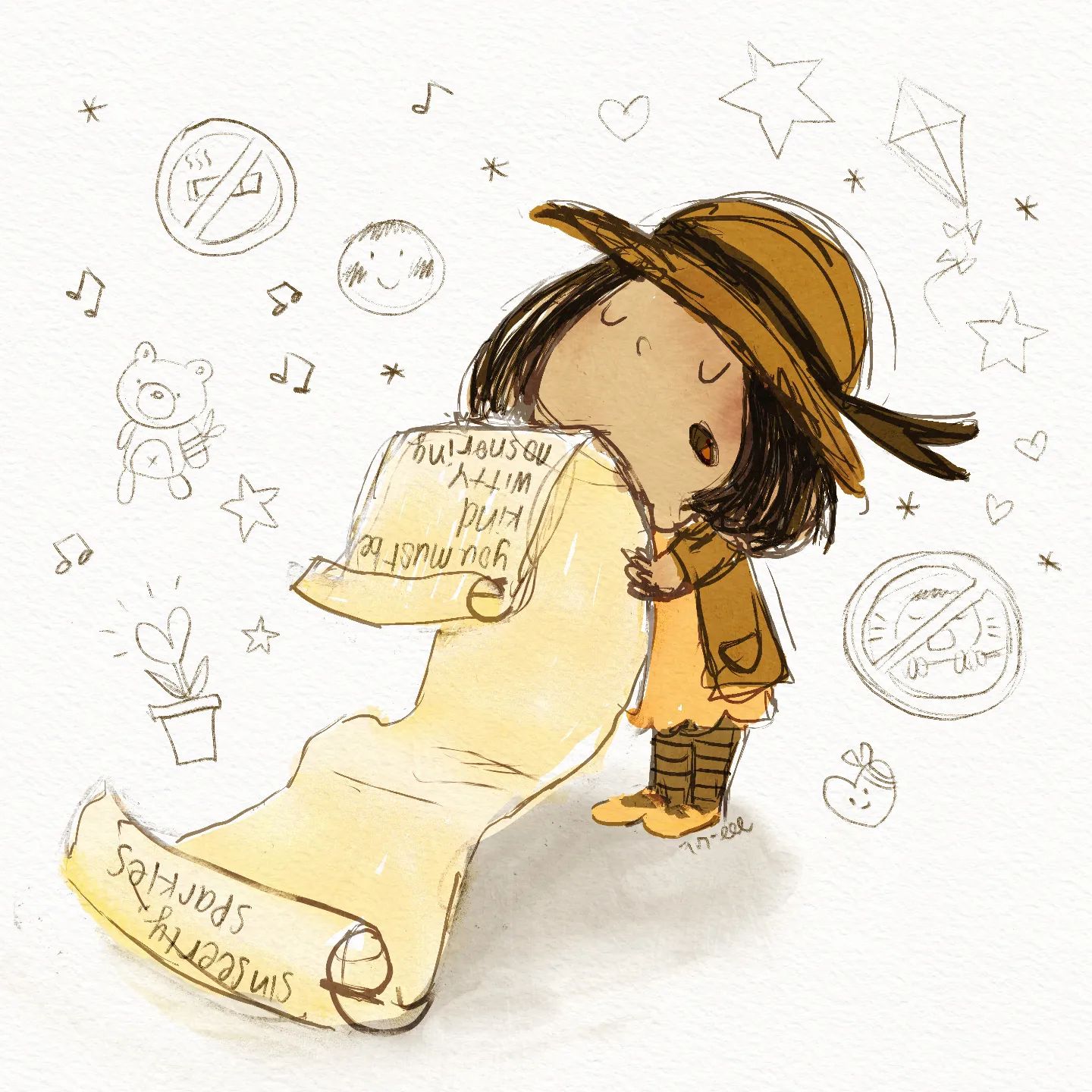No Results Found
The page you requested could not be found. Try refining your search, or use the navigation above to locate the post.

More and more authors are choosing self-publishing, creating a growing demand for competitive book design that rivals traditional publishing. Fortunately, there are many book design software options available to help create professional-looking covers and typesetting. In this article, we’ll explore top book design software for independent authors managing their book production.
Self-publishing allows aspiring writers to share their work. But successful book publishing requires more than just writing. Book design plays a crucial role in the success of any book, but this often gets underestimated. Your book cover draws the first attention of potential readers, so it must be eye-catching, effective, and reflect your content in a way that a reader can understand without too much effort. Additionally, poor typesetting and design can damage the reading experience, no matter how well you write, so designing the content of your book is just as important.
The best book design software should be most if not all of the following:
You want intuitive software that doesn’t take weeks to learn, fits your budget, and includes tools to make your design exceptional. Effective design tools for self-publishers looking to design their own books can include templates, cover design options, and built-in typography and typesetting tools. As we’re not all graphic designers, these tools can help immensely and are key components of professional book design.
Adobe InDesign is a powerful tool for your typesetting and book layout, perfect for creating professional-grade books that stand up to the industry quality standards when done right. Whether you’re an experienced graphic designer or a beginner, Adobe InDesign offers an intuitive interface and features that cater to all skill levels, and there is plenty of resources available to help you learn the tricks and tools you’ll need for your project.
InDesign’s advanced typesetting capabilities provide control over text and layout for a polished final product. Its preflight feature ensures error-free designs before printing. InDesign excels in book design, allowing you to create stunning covers and easy-to-manage page layouts.
InDesign’s flexibility shines in book cover design, allowing for complex creations with multiple layers and effects. If you’re committed to producing standout book interiors and covers, Adobe InDesign is a top choice.
Canva is a user-friendly online graphic design tool lets you create a wide variety of designs for free. With its intuitive interface and extensive design templates, Canva simplifies creating professional-looking book layouts for print and digital publishing. A standout feature is Canva’s book cover design capabilities, allowing self-publishing authors to easily create great book covers in any size that you require and export them as images, PDFs, and more.
Vellum is a user-friendly program that simplifies the typesetting process of your book, delivering professional-quality results. The software’s intuitive interface helps you to create templated book layouts that will impress readers. Vellum also ensures perfect formatting for e-readers and print-on-demand services.
If you’re new to book design, you might wonder where to start. Before diving into book design software, it’s crucial to do some research. Check out online tutorials or read blog posts from experienced designers to grasp the basics. Start by familiarising yourself with the software’s features and play around a bit to learn how to use them. In self-publishing, the layout and design of your book significantly impact its reception by readers and how your book will fair in the book market, so spending your time learning the fundamentals will contribute to the success of your book.
Remember, book design includes more than just the cover; effective typesetting can elevate your book. With practice and patience, you’ll create beautiful and engaging designs for your books. Mastering book design software may seem intimidating for beginners, but with the right research and tutorials, anyone can craft professional-looking designs.
When self-publishing, book design is crucial to attract readers. Tools like Adobe InDesign, Canva, and Vellum cater to various needs and budgets. Prioritise ease of use, features, and cost to find the best fit for your project and skills.
The page you requested could not be found. Try refining your search, or use the navigation above to locate the post.
The page you requested could not be found. Try refining your search, or use the navigation above to locate the post.
In just a quick 8,000 words, this little book will equip you with the knowledge you need to successfully publish your book.
The Little Book of Big Publishing tips goes into the essentials of self-publishing a book, outlining the business and financial side of publishing, legal issues, design, editing, sales and marketing. There's even a section on how to identify a vanity-publishing scam.


Melbourne Rare Book Week is on and we are all invited to immerse ourselves in a wide range of events from Thursday 18th July 2024 through Saturday 27th July 2024.
Learn about various elements of books: content, publishing, book selling and the impact of books from the past on contemporary Australia.
It’s on again! It’s the 10th year of this highly successful event. There are a whole lot of lectures and events for every book loving author and non-author to indulge. How does this relate to self-publishing? As a self-published author your book can be instantly rare. Short run printing means that your book might quickly enter the state of ‘rare’. Webster’s dictionary defines rare as seldom occurring or found.
Here’s a recent book done by Green Hill Publishing that has all the hallmarks of rarity; a limited edition of only 200 print copies and a format one-half a metre square: Between The Wars. The content itself is extremely rare. The printed book is instantly rare and will be come rarer over time.
There’s something for everyone – over 40 events in total. And they are all FREE!
Are rare books in demand? Are rare books desirable? Yes they are. And the Melbourne rare Book Fair is where you can add to your rare book collection.
You might like to consider a guided tour of the Fair, it’s well worth the time.
The page you requested could not be found. Try refining your search, or use the navigation above to locate the post.
The page you requested could not be found. Try refining your search, or use the navigation above to locate the post.
In just a quick 8,000 words, this little book will equip you with the knowledge you need to successfully publish your book.
The Little Book of Big Publishing tips goes into the essentials of self-publishing a book, outlining the business and financial side of publishing, legal issues, design, editing, sales and marketing. There's even a section on how to identify a vanity-publishing scam.


Illustrating a children’s book can be an exciting and rewarding undertaking, but it comes with some challenges. Effective children’s illustrations are not only charming and visually captivating, but also consistent with one another while interacting with and adding to the story.
If you go to a store and look through children’s book section you’ll see a variety of styles and tones. Some may be similar to each other, but all have their own take on the style that is uniquely theirs. When illustrating your children’s book, you need to decide and develop your own style.
One important factor in deciding your style is figuring out what medium you’re most comfortable working in. The first choice you need to make is whether you’ll be creating your illustrations digitally or through traditional means.
To digitally illustrate your book, you’ll first need the hardware and software to do this.
The advantage of illustrating digitally is that you can draw in layers and easily alter and re-do your pieces. You can also be sure that, if your artboards are set up properly, your illustrations will translate over well to print.
Conversely, the disadvantages may be the start-up cost and learning curve for illustrators who don’t already have the equipment and experience with digital mediums.
Hardware can include:
Deciding on which hardware best suits your purposes can be either personal preference or based on your finances. If you’re unlikely to use a dedicated drawing tablet again, it may be best to get an Android tablet or an Apple iPad which has many functions. If you’re wanting to really get into illustration or other digital art, then I’d strongly recommend doing your research and deciding on what hardware you’d prefer to specialise in.
Once your hardware is decided, you need to look into software. If you have an Android tablet, there are many different software options including Krita, Infinite Painter, Sketchbook, and more. For Apple iPad users, the most popular is Procreate, but there are others like Inspire Pro, ArtRage, Clip Studio Paint Ex, and more. Using a tablet with your PC the software options include Krita, Artweaver, Sketchbook Pro, Clip Studio Paint, and many more. Each vary in price and functions. It really depends on your personal preference and what you feel complements your style most.
There are so many options regarding traditional mediums. By “traditional medium” I mean physical, tangible mediums. This would include things like pencils, pastels, paints, crayons, and even felting and paper-craft. Illustrations created using traditional mediums will need to be scanned at a high quality and likely even edited in software such as Adobe Photoshop to make sure that they keep their original quality.
Deciding on which traditional medium you’ll choose is personal to what you’re comfortable with and your skill level.
The advantages of traditional medium that it is more accessible for most beginner illustrators as many of us would already have experience with one or more of these mediums. Also, it can be cheaper to purchase the materials needed in comparison to digital illustration equipment.
Digital



Traditional



To ensure that your characters look consistent and that your illustrations look professional, it’s a good idea to practice illustrating you characters beforehand. If your characters don’t look similar in each of their illustrations, it can look messy or be confusing for the children reading the book, effecting their reading experience.
A good exercise when practicing your characters’ illustrations is to draw them from different angles, with different expressions, and in different poses. It doesn’t matter if you don’t think you’ll use this in your book: what you’re looking for is consistency of style and a character who believably looks like the same person no matter what they’re doing. Be sure to use your preferred medium, whether that is traditional or digital, to ensure that all of your practise pays off and that you won’t have to restart all of your work on another medium.

One of the guiding principles of children’s illustrations is the idea of every element adding to the narrative in its own way. A common error of children’s books is that the text and illustrations don’t add to one another to build the narrative together, rather they just repeat each other.
For example, compare how the following paragraphs interact with the illustration to create a story:
The illustration:

Repeating the content:
Greg and his friend Penny the mystical woodpecker wanted to grow an apple tree from the core of the apple they’d eaten, so they went down by the river to dig a hole in the ground with their trowel to plant it.
Around them were colourful leaves and little white flowers all over the green grass.
Adding to the narrative:
Penny had a wonderful idea. ‘I know what we should do, Greg. Let’s plant our apple core and see if it turns into a tree!’
They searched the park and came across the perfect spot: a grove filled with all different kinds of enchanted trees.
‘Maybe if we plant our apple here, it will give us magical apples!’ Penny exclaimed.
‘What is a magical apple?’ Greg asks.
Penny thinks for a moment. ‘I’m not sure. Let’s find out!’
Remember: when illustrating a children’s book, your pictures should complement the text, not simply duplicate it. Repetition can be boring to read and take away from the impact of the illustrations.
A storyboard is a series of basic sketches that give an idea on the layout or elements for each illustration within your children’s book. It is a helpful tool when visualising what your book will look like and what elements you want in the illustrations before committing to the final illustrations. By mapping out your pages, you can play with different layouts and ideas to see what works best for your book.
Storyboarding is also important when considering your text, too. There needs to be a balance between illustrations and text. Do you want the text to be on the same page as the illustration? If so, then you’ll need to be sure to leave enough room for your text to fit, otherwise it may clash with the illustration and become hard to read. Alternatively, will your text be on its own page with the illustration on the page next to it? You may need to consider adding some interest to the text in that case, maybe some colour or a decorative font.
If illustrating your own children’s picture book becomes too daunting or your illustrations aren’t coming up as you’d like, then hiring an illustrator could be the way to go. Professional children’s book illustrators possess the skills, creativity, and experience that will help your book come to life. There are many children’s book illustrators out there with numerous styles to choose from. Illustrators can work off your storyboard too, creating a collaborative relationship between the two of you throughout the project and help make sure you are both on the same page.
Hiring a professional illustrator will help guarantee a quality product, ensuring that your book will stand out among its competitors in the market. At the end of the day, if your illustrations look amateur or inconsistent, it can reflect poorly on your book regardless of the quality or importance of the story. So, hiring an illustrator can be extremely beneficial for children’s book authors in the long run.
Green Hill works with a number of children’s book illustrators who are experienced at working with self-published authors. We’ve cultivated a portfolio of children’s book illustrators with a variety of styles of budget options to choose from to help ensure there is an illustrator for each author.
The page you requested could not be found. Try refining your search, or use the navigation above to locate the post.
The page you requested could not be found. Try refining your search, or use the navigation above to locate the post.
In just a quick 8,000 words, this little book will equip you with the knowledge you need to successfully publish your book.
The Little Book of Big Publishing tips goes into the essentials of self-publishing a book, outlining the business and financial side of publishing, legal issues, design, editing, sales and marketing. There's even a section on how to identify a vanity-publishing scam.
